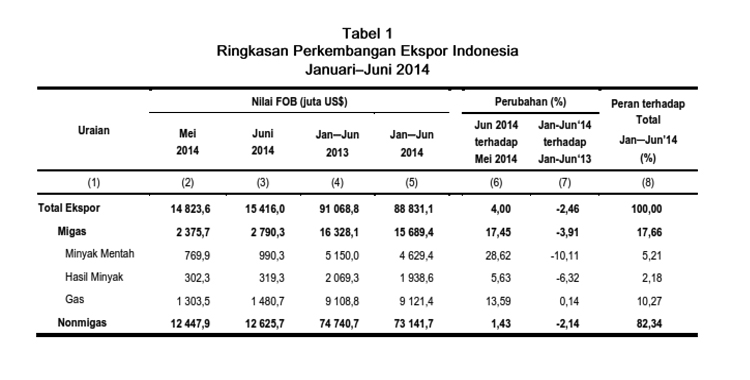JAKARTA (Yosefardi) – Bank Indonesia today decided to increase the BI rate by 25 basis points (bps) to 6.00%, the first time since February 2012, while maintaining the deposit facility and lending facility rates at 4.25% and 6.75%, respectively.
The policy was part of Bank Indonesia’s policy mix to response pre-emptively to rising inflation expectations and to maintain macroeconomic stability and financial system stability amid increasing uncertainty in global financial markets.
Bank Indonesia continues to stabilize the rupiah exchange rate in line with its economic fundamentals and maintains adequate liquidity in the foreign exchange market.
Indonesia’s economic growth in the Q2-2013 is projected to be biased downward to the lower bound of earlier forecast range of 5.9%-6.1% amid the slowdown in the global economy. The continuing crisis in Europe and a slowdown in China’s economy potentially lead to lower the global economic growth.
These conditions restrained the growth of exports and investment, especially non-construction investment. The source of Indonesia economic growth is primarily driven by continous strong household consumption and investment in construction.
On the external side, Indonesia’s balance of payments (BOP) in the Q2-2013 is expected to improve. International reserves at the end of May 2013 reached USD105.1 billion, equivalent to 5.8 months of imports and government’s external debt services, above the adequacy level of international standard.
Rupiah depreciation pressure increased in May 2013. On point to point basis, Rupiah depreciated by 0.74% (mtm) to Rp9.795 per U.S. dollar or on average depreciated by 0.36% (mtm) to Rp9.758.
Consumer Price Index (CPI) in May 2013 recorded a deflation in the midst of rising inflation expectation. CPI in May 2013 was recorded at -0.03% (mtm) or 5.47% (yoy) driven by volatile food deflation due to improvement of food supply. Core inflation also stayed at a low level (3.99%, yoy), in line with declining global commodity prices, stable exchange rate and adequate supply-side response. However, Bank Indonesia observes rising inflation expectation in anticipating Government policy on fuel subsidy.
The financial system stability and banking intermediation function were properly maintained. A solid banking industry performance is reflected in the high capital adequacy ratio (CAR) at 18.6%, which is well above the minimum capital requirement of 8% and low ratio of non-performing loans (NPL) gross at 1.96% in April 2013. Meanwhile, credit growth slowed down in April 2013 reaching 21.9% (yoy) in line with decelerating domestic economy.


